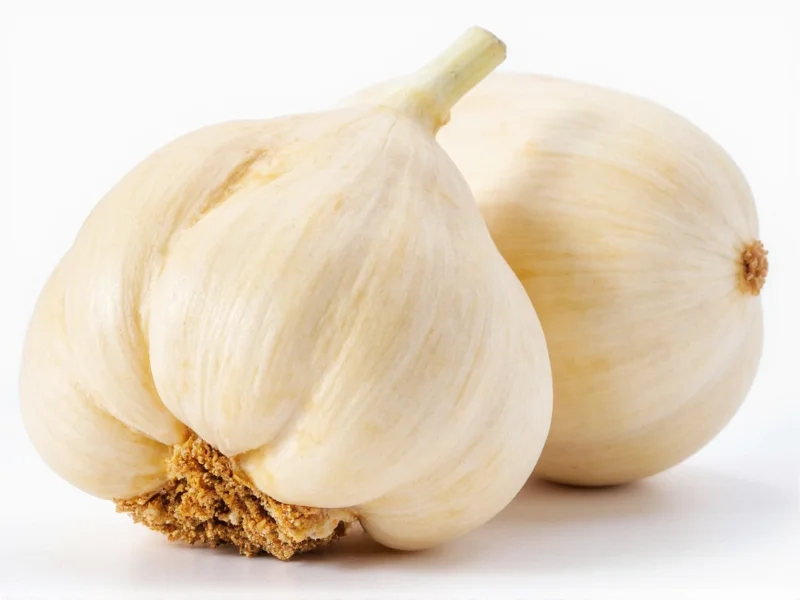When you can't find galangal for your Thai curry or Indonesian soup, knowing the right substitute makes all the difference in your dish. Galangal (Alpinia galanga), often called Thai ginger, has a distinctive citrusy, pine-like flavor that's sharper and less sweet than regular ginger. This comprehensive guide explores practical alternatives that maintain the integrity of your recipes while working with ingredients you likely have in your pantry.
Understanding Galangal's Unique Flavor Profile
Before selecting a substitute, recognize what makes galangal special. This rhizome features:
- A pronounced citrus-pine aroma with subtle floral notes
- Sharper, more medicinal flavor than ginger
- Less sweetness and lower moisture content than ginger
- Essential in authentic Thai tom kha gai and Indonesian rendang
When seeking galangal replacement for Indonesian recipes, preserving that distinctive sharpness matters more than finding an exact flavor match. The best substitutes compensate for galangal's unique properties while maintaining the dish's overall balance.
Top Alternatives for Galangal in Cooking
Each substitute works better for specific applications. Consider these options based on your recipe requirements and ingredient availability.
Fresh Ginger: The Most Accessible Substitute
Ginger serves as the most practical galangal replacement for home cooking. While sweeter and less citrusy, it provides the necessary warmth and pungency. Use these guidelines:
- Substitute ratio: Use 3/4 the amount of ginger compared to galangal
- Add 1/4 teaspoon lime or lemon zest per tablespoon of ginger
- Best for: Quick soups, basic curries, and when galangal is a minor ingredient
For authentic Thai cooking substitutes, combine ginger with lemon grass to better approximate galangal's complex flavor.
Lemon Grass: For Citrus Notes
Lemon grass complements ginger when replicating galangal's citrus elements. Use 1 stalk of lemon grass (finely minced) for every 1-inch piece of galangal. This combination works particularly well in:
- Laksa and other coconut-based soups
- Marinades for grilled meats
- Dishes where galangal's pine notes are less critical
Galangal Powder: The Concentrated Option
Dried galangal powder offers the most authentic flavor when fresh isn't available. Use this conversion:
- 1 teaspoon galangal powder = 1 inch fresh galangal
- Add powder early in cooking to allow flavors to develop
- Store in an airtight container away from light
This substitute works best for dry spice blends and when making large batches of curry paste.
| Substitute | Flavor Match | Best For | Conversion Ratio | Limitations |
|---|---|---|---|---|
| Fresh Ginger + Lime Zest | 7/10 | Everyday cooking, quick meals | 3/4 amount + zest | Lacks pine notes, sweeter profile |
| Ginger + Lemon Grass | 8/10 | Thai soups, coconut curries | 1/2 ginger + 1 stalk lemon grass | More work, lemon grass flavor dominates |
| Galangal Powder | 9/10 | Authentic Southeast Asian dishes | 1 tsp powder = 1 inch fresh | Harder to find, loses potency over time |
| Combination Approach | 9.5/10 | Special occasion recipes | 1/2 ginger + 1/2 powder + zest | Requires multiple ingredients |
Substituting by Cuisine Type
The ideal galangal replacement varies depending on the specific cuisine you're preparing.
Thai Cuisine Substitutions
For tom kha gai or other Thai coconut soups:
- Use equal parts ginger and galangal powder if available
- Add 1/4 teaspoon kaffir lime leaves per serving
- Finish with a squeeze of fresh lime juice
This approach delivers the closest approximation to authentic Thai flavors when fresh galangal isn't available.
Indonesian and Malaysian Recipe Adjustments
For rendang or sambal:
- Use fresh ginger with a pinch of cardamom
- Add 1/2 teaspoon tamarind paste to balance sweetness
- Incorporate extra garlic to compensate for flavor differences
Indonesian cuisine often uses galangal in larger quantities, so these adjustments help maintain the dish's characteristic flavor profile.
Practical Tips for Successful Substitution
Follow these professional kitchen techniques when replacing galangal:
Adjusting Quantities Based on Freshness
Freshness dramatically impacts potency. When using ginger as galangal replacement for home cooking:
- Young ginger: Use same amount as galangal
- Mature ginger: Reduce by 25%
- Dried alternatives: Start with half the recommended amount and adjust
Timing Matters in the Cooking Process
Add substitutes at different stages for optimal flavor:
- Hard substitutes (ginger, galangal powder): Add early in cooking
- Fragile elements (lime zest, lemon grass): Add in the last 10 minutes
- Acid components (lime juice): Stir in just before serving
Storage Considerations for Substitutes
Maximize shelf life of your alternative ingredients:
- Freeze ginger in 1-inch chunks for quick access
- Store galangal powder in the refrigerator
- Preserve lemon grass by wrapping in damp paper towels
Common Substitution Mistakes to Avoid
Even experienced cooks make these errors when seeking galangal alternatives:
Overcompensating with Quantity
Many cooks use equal amounts of ginger for galangal, creating overly sweet, less complex dishes. Remember that ginger's stronger sweetness requires reduction.
Ignoring Acid Balance
Galangal's sharpness needs balancing. Always include citrus elements when substituting to maintain proper flavor equilibrium in Southeast Asian dishes.
Using Dried Ginger as Direct Replacement
Dried ginger has completely different properties than fresh galangal. For dried galangal alternatives, use powder specifically labeled as galangal, not generic ginger powder.











 浙公网安备
33010002000092号
浙公网安备
33010002000092号 浙B2-20120091-4
浙B2-20120091-4